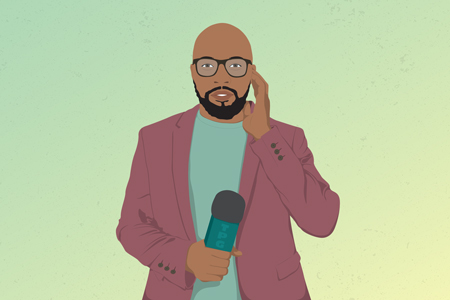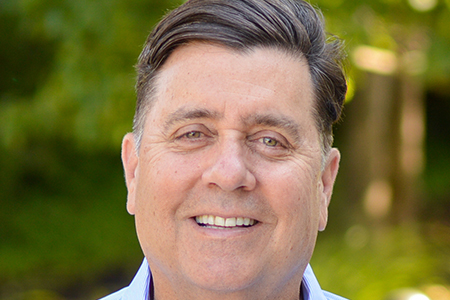By Chad Kjemhus CSFS®, TPG Employee Benefits Consultant
“Your health benefits are your second or third largest expense! Here’s what our solution is going to do for you . . .”. We’ve heard that plea for years in the industry as vendors, brokers, and carriers pitch products that claim to deliver ROI. Yet companies are hurtling towards a reality in which the cost increases to provide insurance are threatening margins and capital planning.
The health insurance market has shifted post-Covid. Specialty drugs now make up more than 25% of stop-loss claim costs, hospitals are operating at negative margins, multi-million-dollar claims are increasingly common, and healthcare unit cost trends are over 10% on average. According to SunLife’s latest claims report, “Overall, million-dollar claims are on the rise, increasing by 29% this year . . . and are up 61% over the past four years.”
The Partners Group, with our nearly 300 employees, chose to join a captive through Innovative Captive Strategies for our own employee health plan several years ago. We’ve seen the direct positive impacts of sharing risk with like-minded, proactive employers and have held our costs steady, with profit distributions, on a multi-year basis.
For business leaders, this is no longer a nuisance to be dealt with once a year at renewal. This is a time to sit down as a leadership team and have an honest conversation about how to proceed. For many, the answer is to move into a self-funded captive with like-minded employers and take a more active role in risk management.
What is a Self-Funded Captive?
In a traditional fully insured model, you pay premiums to a carrier, and they take on claims risk. In a conventional self-funded arrangement, your company pays claims directly and buys stop-loss insurance to cap large exposures.
At its core, a captive is a group purchasing arrangement for stop loss reinsurance. Each company still funds its own predictable claims, uses its own chosen network, but they collectively share a portion of the high-cost risk. By purchasing stop-loss reinsurance at the collective group level, rates are more favorable and stable year-over-year.
Think of it as a co-op for health insurance risk management—with the added benefit that any underwriting profits are returned to the member companies, not kept by the carrier.
Who is a Good Fit?
Based on our experience, the best fits tend to share characteristics:
- Size: Between 100–1,000 employees, large enough to benefit from data credibility but not large enough to completely self-insure without pooling.
- Financial Stability: Willing to invest in a long-term strategy, not just chasing the lowest premium this year.
- Cultural Fit: Leadership that views benefits as part of the talent strategy, not just a line-item expense.
- Appetite for Transparency: Companies that want visibility into claims, pharmacy spend, and cost drivers—so they can do something to improve their long-term risk profile.
- Frustration with Status Quo: Employers tired of fully insured renewals without any real explanation.
Advantages Over Traditional Self-Funding
Self-funded captives aren’t just a variation on self-insurance—they offer distinct advantages over going it alone with a big carrier stop-loss contract:
Better Purchasing Power – By pooling risk across multiple employers, captives negotiate stronger stop-loss coverage. This means lower fixed costs and more favorable contract terms.
Return of Underwriting Profits – In a traditional self-funded arrangement with a large carrier, any stop-loss profits belong to the insurer. In a captive, those profits are returned to the member companies. Over time, this dividend can meaningfully offset healthcare costs.
Executive Visibility and Expense Control – Employers gain access to robust claims data that most bundled carrier products simply don’t provide. With that visibility, you can make targeted interventions on pharmacy, chronic conditions, and high-cost claimants.
Long-Term Cost Stability – Instead of riding the rollercoaster of fully insured renewals, captives create predictability. Sharing risk among like-minded employers dampens volatility, and the structure aligns incentives toward keeping costs in check.
Customization – Captive members often have more freedom to choose networks, pharmacy benefit managers, and wellness strategies. That means designing a plan that fits your workforce, not one-size-fits-all from a large insurer.
Why Executives Are Paying Attention
Health benefits aren’t just an HR issue—they’re a strategic financial decision. The right benefits structure impacts:
- Talent Retention & Recruitment: Competitive, stable benefits packages make it easier to attract and retain employees.
- Financial Predictability: Health costs become more manageable, reducing the risk of unexpected double-digit increases.
- Long-Term Value Creation: Captives aren’t a quick fix—they’re a multi-year strategy that rewards disciplined employers.
In many ways, joining a captive is less about insurance and more about taking back control of one of your largest business expenses.
Final Thoughts
Self-funded captives have moved beyond the early-adopter stage. They’re becoming a mainstream option for mid-sized employers who want the benefits of self-funding but recognize the challenges of going it alone.
If your organization has felt stuck between fully insured renewals you can’t control and self-funding options that feel too risky, a captive could be the right middle path.
The decision to join isn’t about shaving a few points off next year’s increase, it’s about fundamentally rethinking how you finance healthcare for your employees and how you want to deploy your capital over the next decade.


